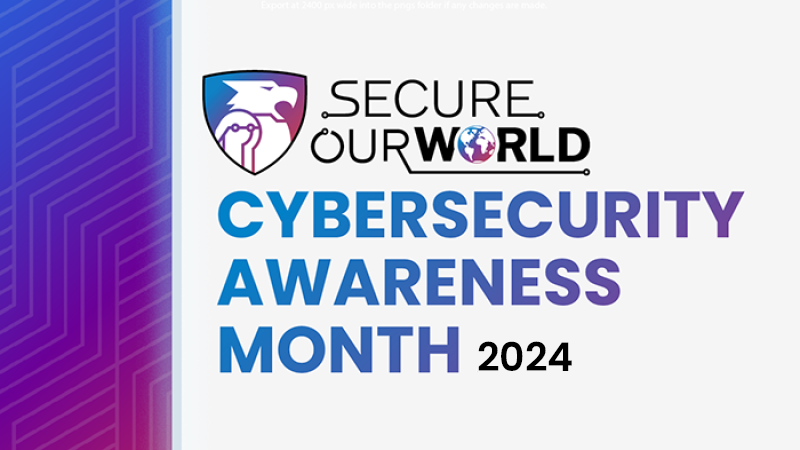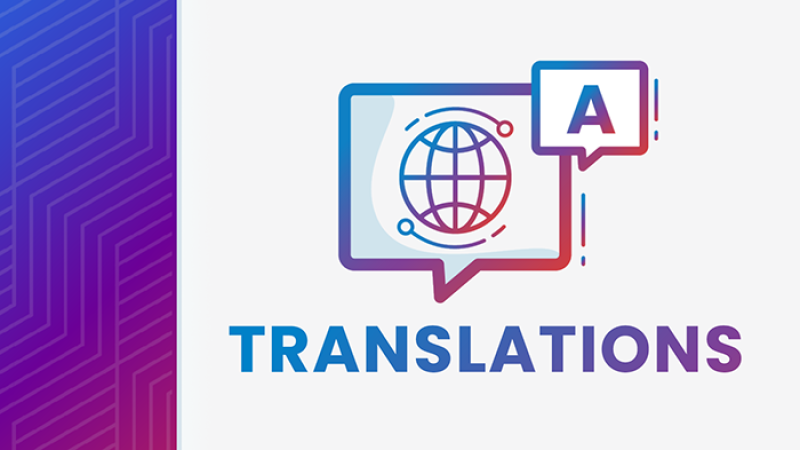
Secure Yourself & Your Family
We can all protect ourselves, our friends and our families from online threats. It’s fast. It’s easy.
Four Easy Ways to Stay Safe Online
There are simple things we can do today that will help keep us much safer online. Digital crimes are happening every day, but by each of us doing our part—educating ourselves and paying attention—we can stay ahead of the game!
Four Easy Ways to Stay Safe Online (Audio Description)
Let’s Secure Our World through the simple behavior changes below that will make us all MUCH SAFER.
These steps will soon feel as natural as buckling our seat belts or brushing our teeth. Let’s share them with our children, parents and friends.

Four Easy Ways to Stay Safe Online Tip Sheet
Download the Secure Our World Four Easy Ways to Stay Safe Online Tip Sheet to share with friends and family.
Four Easy Ways We Can Protect Ourselves Online
Online criminals look for easy targets, like people who don’t take basic precautions. If we take the following four steps, we won’t be as vulnerable to their deceptive tactics. It will be much harder to scam us or steal our information. Let’s start now.

Recognize & Report Phishing
Phishing is a tactic used to get us to open a malicious attachment or share personal information. Learn what to look for to avoid the "phish hook."

Use Strong Passwords
Using strong passwords and a password manager are some easy ways to protect ourselves from someone logging into an account and stealing data or money.

Turn on MFA
Multifactor authentication means using more than a password to access an app or account. With MFA, we might be asked to enter a text code or use a fingerprint. It alerts us and prevents others from accessing our accounts.

Update Software
Don't delay software updates. Flaws in software can give criminals access to files or accounts. Programmers fix these flaws as soon as they can, but we must install updates for the latest protection!
Related Content

Secure Our World
Simple ways to protect yourself, your family and your business from online threats.

October is Cybersecurity Awareness Month
Download the free Cybersecurity Awareness Month 2024 toolkit!

Translations
Check out Secure Our World tip sheets in multiple translations and share with your community.

Individuals and Families
More on what you can do to keep you and your family safe.




